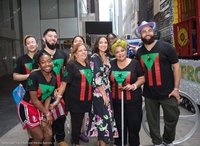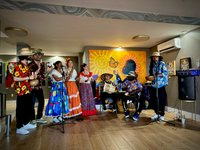THE FUTURE IS *HERE*
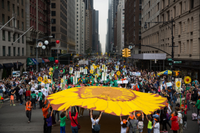
The future is *here* in Brooklyn. It is now, it has already arrived, and it is happening in this very moment. It is here, geographically, where the best and worst possibilities of climate change are embodied in the lived experiences of Brooklyn residents and low-income communities of color across New York City. Through the eyes of marginalized community members who are already facing the “future” consequences of climate change today, we can see many possible futures for our city: futures of desperation, precarity, and displacement, wrestling in real-time with futures of hope, resilience, and radical change. This project seeks to capture the duality of this moment through photography—a city on the edge of possibility—and to train community members to document their experiences with climate injustice, vulnerability, and climate hope through adaptation. Using photo-voice methods combined with asset mapping, this project will enable participants to use photographs and an interactive digital map to visualize the impacts and responses to climate change in their neighborhoods.
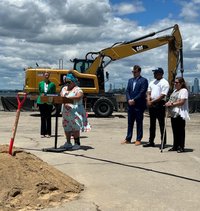
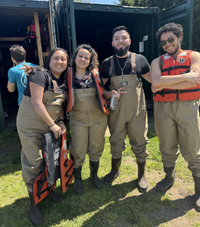
Through a series of community workshops in Brooklyn with our team of climate justice organizers, we will train community members on the principles of climate justice, equipping them with the tools to recognize climate impacts in their own lives and to understand what adaptation and mitigation mean. Once trained, we will provide participants with affordable, geotagged cameras to capture the climate future on the ground. They will document their experiences with climate vulnerability in their everyday lives while also seeking out responses to climate injustice and adaptations that offer hope. This activity offers a meaningful opportunity to center community members’ voices, allowing them to document their lived climate change experiences rather than having those experiences prescribed by policy professionals. The immediate outcome of this project is not only a team of well-trained climate storytellers and local adaptation experts, but also a superb climate justice tool for education and local policymaking—a work of art and a vision of our city's possible futures.
